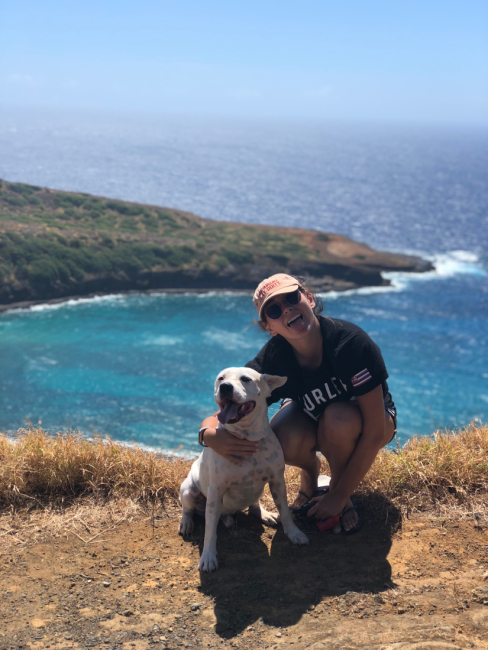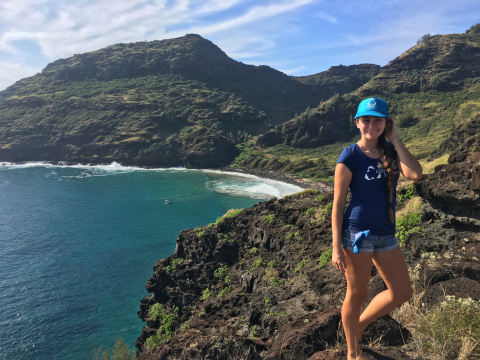Hi! My name is Abisola Ajayi, and I’m a senior at the prestigious University of Maryland Eastern Shore. I’m currently majoring in biology. Growing up I learned at a very young age that education is a major aspect of life in today's world. Post-graduation, I’m planning to further my education and get into medical school.
In this Q&A series, I interviewed three scientists in NOAA’s Office of Response and Restoration. In this second interview, I talk with OR&R Marine Debris Program California Sea Grant Extension Fellow Tanya Torres. See our first installment in this series here.
Tanya Torres is from Waialua, Hawaii—a small town on the North Shore of the island of Oahu. She attended the University of Hawaii at Mānoa and obtained her bachelor’s and master’s degrees in natural resources and environmental management. Her research focused on quantifying the environmental impacts of Hawaii's food supply and how an increase in local food production could affect local, distant, and global environments. Tanya chose a career in natural resources and environmental management because it's a very broad field, that is interdisciplinary, which takes a holistic approach to solving environmental problems. She got to learn not only the natural science of the world but also the social, economic, and political science involved with managing resources.
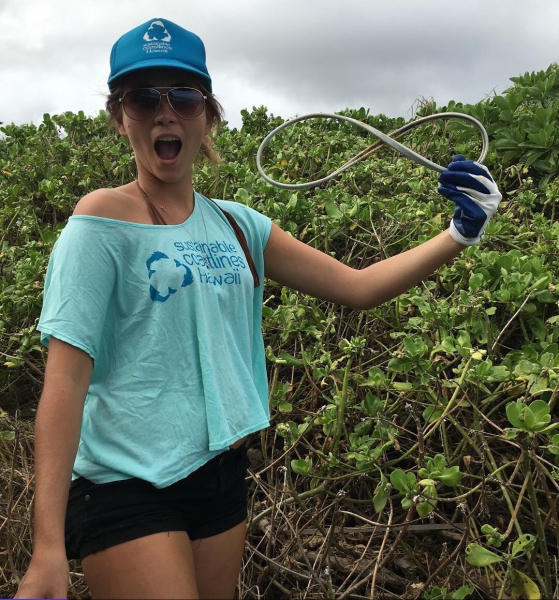
“At the end of the day, you're not managing resources or ecosystems, you're managing people,” Tanya said.
In her current role within the Office of Response and Restoration’s Marine Debris Program, she focuses on researching and coordinating efforts on how to prevent marine debris, or trash, from entering California's waterways. Check out what she has to say about marine debris prevention and cleanup in the interview below!
Abisola: In short words, how would you describe your research on Hawaii's food supply and how an increase in local food production could affect local, distant, and global environments?
Tanya: In short words, it very much depends and there will always be tradeoffs that need to be considered. Hawaii has some of the most expensive land in the world, extremely high labor prices, and the additional costs associated with shipping all inputs/equipment to the islands. This usually leads to small-scale production and doesn't allow for investments in expensive, yet more efficient, technology. Therefore, Hawaii yields tend to be lower, while using the same amount of resources (land, water, fertilizer, pesticides, etc.), if not more per kilogram of food produced. But this varies between different types of foods, between different types of growing practices, and between environmental impact (GHG emissions vs. water usage). Importing food to Hawaii (which currently is at 90%) has some benefits where the burden of resource use is externalized to the growing location rather than local resource use. Ultimately using land and resources to grow food will always have an effect on the planet, so thinking about how we can limit and navigate the negative impacts is crucial.
Abisola: How important are beach cleanups, and how often should a beach be cleaned?
Tanya: Beach cleanups are valuable for three things:
- Education and awareness of the issue firsthand.
- Data collection to inform upstream solutions.
- Acute bettering of the ecosystem and habitat in the area.
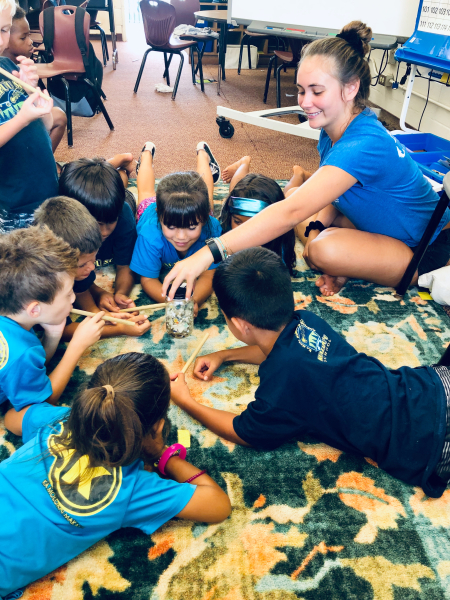
However, beach cleanups are not the answer to solving the marine debris crisis. Cleaning up the problem is a very reactive and end of the road solution. We could not possibly clean our way out of this mess. Prioritizing upstream solutions and limiting waste production at the source should be the focus.
Abisola: What interesting things did you see when cleaning up the beaches?
Tanya: I have seen many interesting things over the past six years of cleaning beaches. I have found numerous toothbrushes, toy army men, but the most interesting find was a phone case tangled in some fishing rope which fit my phone perfectly. I sanitized it and still use it today!
Abisola: While working with NOAA, have you come across a difficult task or investigation on preventing the adverse impacts of marine debris?
Tanya: Yes, the problem is plastic. And that plastic is so ubiquitous. As a society, we produce and consume plastic at an unprecedented rate. All the cleanups, waste management put in place, and whatever little recycling occurs still cannot keep up with the amount of plastic produced, consumed, and leaked into the environment.
Abisola: What would you say is the first important step to ensure marine debris from entering waterways?
Tanya: Be mindful about the items you buy and use every day. How will it be disposed of? Where will it go? Is there a better, less wasteful option? And if you do end up having items that need to be thrown away, take the time to make sure you can dispose of it properly (i.e., upcycled, recycled, correct trash bin, etc.).
Abisola: What do you find to be most challenging about your work?
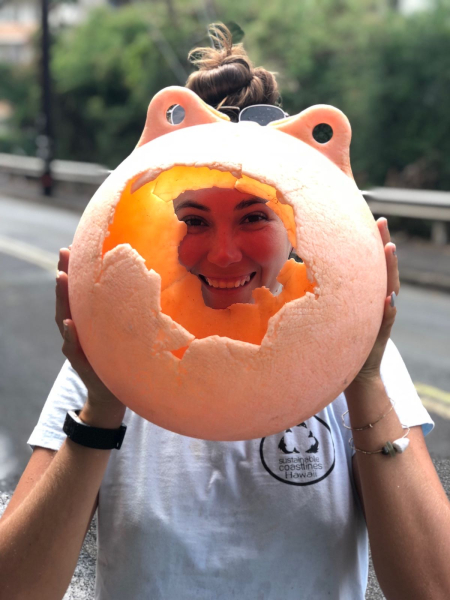
Tanya: I think the most challenging thing is how complex the marine debris issue really is and how many avenues and pathways there are where solutions can be taken. We need holistic approaches to solve the issue but chipping away at it from all sides can be a slow process. I also think more information is needed on the effectiveness of these different types of solutions so we know how to prioritize our efforts.
Abisola: What do you like most about your work?
Tanya: I love working with like-minded and passionate people all trying to work toward the same goal. It motivates me and gives me hope for this daunting issue at hand.

